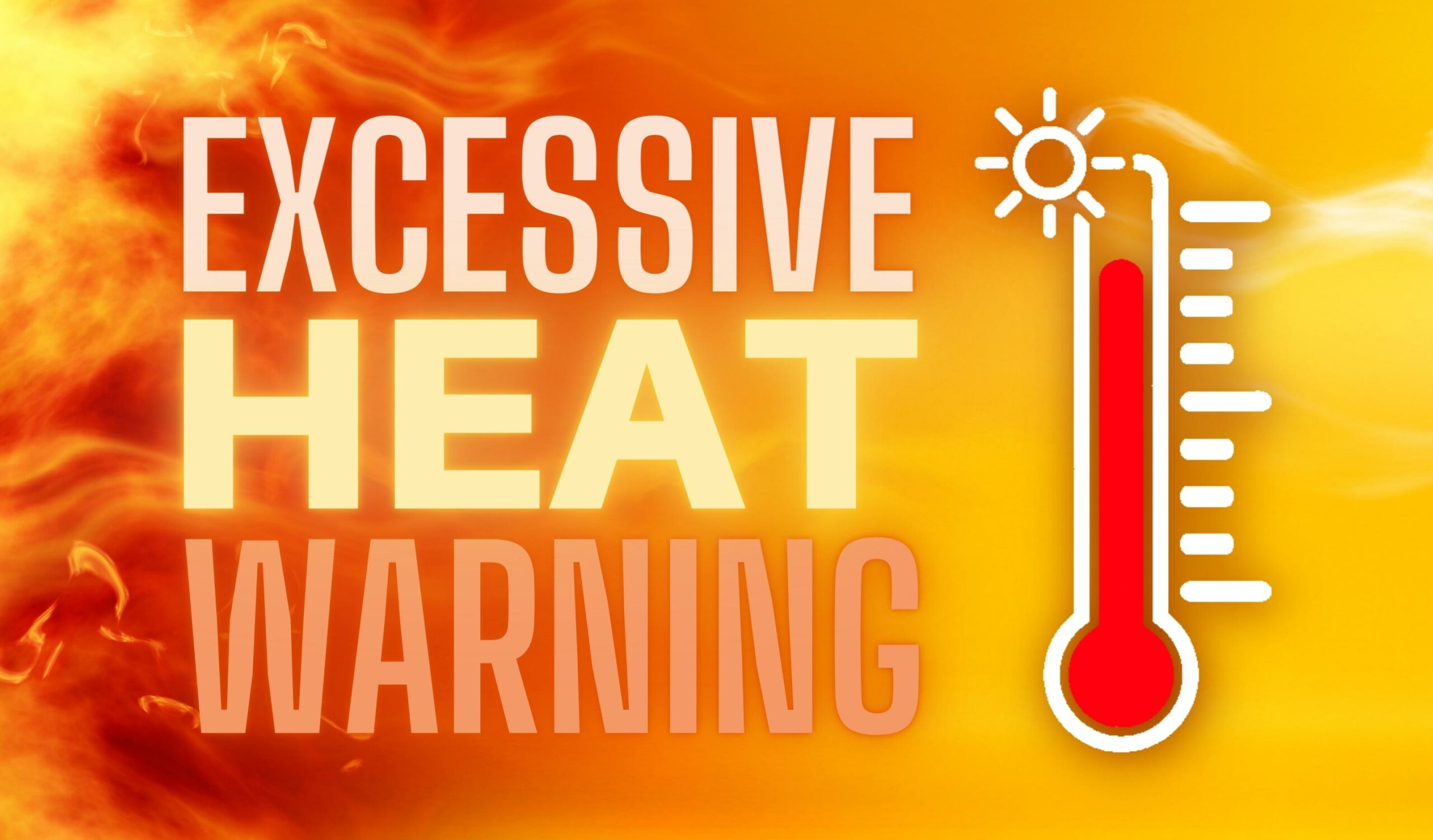Excessive Heat Warnings: Why They're Not Always Included In Weather Reports

Table of Contents
The Complexity of Heat Index Calculations
Accurately predicting the heat index, a measure of how hot it feels considering both temperature and humidity, is far more complex than simply reporting the air temperature. While a thermometer provides a straightforward temperature reading, the "feels like" temperature incorporates several dynamic variables:
- Humidity's significant impact: High humidity hinders the body's ability to cool itself through sweating, dramatically increasing the perceived temperature. Even a moderately warm day can feel dangerously hot with high humidity.
- Wind speed's moderating effect: A gentle breeze can offer significant relief by evaporating sweat more efficiently, lowering the heat index. Conversely, calm conditions can exacerbate the heat.
- Sun angle and cloud cover variations: Direct sunlight significantly increases the heat felt on exposed skin. Cloud cover can moderate this effect, but its impact varies depending on cloud density and solar angle.
- Urban heat island effect: Cities tend to be significantly warmer than surrounding rural areas due to concrete and asphalt absorbing and radiating heat. This effect needs to be considered when issuing localized heat warnings.
The computational intensity required to accurately model these variables across vast geographical areas is considerable. Current weather models, while improving, still have limitations in consistently capturing all these nuances, leading to less precise heat index predictions than for other weather phenomena. This imprecision can affect the issuance of accurate and timely excessive heat warnings.
Thresholds and Criteria for Issuing Warnings
The thresholds for issuing different levels of heat warnings—heat advisory, excessive heat warning, heat emergency—vary considerably depending on several factors:
- Geographical differences in heat tolerance: Populations in hotter climates may have a higher tolerance for heat than those in cooler regions, requiring different warning thresholds.
- Differences in infrastructure and access to cooling: Areas with limited access to air conditioning or cooling centers require earlier and more cautious warnings than those with robust infrastructure.
- The role of public health agencies in setting thresholds: Public health authorities play a critical role in determining appropriate warning levels based on local demographics, health vulnerabilities, and historical data.
Issuing these warnings also involves bureaucratic processes, which can sometimes introduce delays. The information needs to be vetted and approved through multiple channels before reaching the public, potentially reducing the timeliness of the excessive heat warning.
Resource Constraints and Prioritization
Meteorological agencies often face significant resource constraints, including limited staffing and technological capabilities. These constraints force prioritization: warnings for more immediately dangerous events like severe thunderstorms or hurricanes often take precedence over heat warnings, even though heat-related illnesses and deaths represent a significant public health concern.
- Staffing levels and workload at weather bureaus: Weather bureaus often have limited staff to process and interpret vast amounts of data.
- Computational power needed for weather modelling: Accurate heat index predictions demand significant computing power, and upgrades are often slow due to budgetary limitations.
- Balancing different warning needs based on risk assessment: Agencies must carefully weigh the potential impact of different weather hazards when allocating resources.
Improvements in resource allocation for heat warning systems are crucial, but it requires significant investment in technology, training, and staffing.
The Role of Local News and Public Health
While official excessive heat warnings may be lacking, local news outlets and public health authorities play a vital role in disseminating heat safety information. They often provide more localized heat advisories and crucial information regarding cooling centers, hydration tips, and other protective measures. Community-level preparedness initiatives, including public awareness campaigns, can also fill the gap. Individuals can take proactive measures by monitoring local forecasts closely, staying hydrated, limiting strenuous outdoor activity during peak heat times, and checking on vulnerable neighbors.
Conclusion: Staying Safe Despite the Absence of Excessive Heat Warnings
The absence of excessive heat warnings from some weather reports isn't due to negligence, but rather the complexity of heat index calculations, varying warning thresholds, and resource constraints facing meteorological agencies. While improvements in forecasting and warning systems are ongoing, it's crucial to remember that personal responsibility for heat safety is paramount. Don't wait for an "Excessive heat warning"—take charge of your heat safety today by regularly checking local forecasts, paying attention to heat index values, and following heat safety guidelines issued by public health authorities. Staying informed and proactive is key to protecting yourself and your community during periods of extreme heat.

Featured Posts
-
 The Algorithm Radicalization Connection Are Tech Firms Liable
May 30, 2025
The Algorithm Radicalization Connection Are Tech Firms Liable
May 30, 2025 -
 London Kasper Dolberg En London Klub Viser Interesse
May 30, 2025
London Kasper Dolberg En London Klub Viser Interesse
May 30, 2025 -
 Growth Opportunities Mapping The Countrys Evolving Business Landscape
May 30, 2025
Growth Opportunities Mapping The Countrys Evolving Business Landscape
May 30, 2025 -
 Vivian Jenna Wilsons Modeling Debut A Look At Elon Musks Daughter
May 30, 2025
Vivian Jenna Wilsons Modeling Debut A Look At Elon Musks Daughter
May 30, 2025 -
 Djokovics Player Union Launches Legal Offensive Against Tennis Governing Bodies
May 30, 2025
Djokovics Player Union Launches Legal Offensive Against Tennis Governing Bodies
May 30, 2025
